Nanjing, located in the eastern part of China, serves as the capital city of Jiangsu Province. With a rich history dating back to the Three Kingdoms period, Nanjing has held significant importance throughout different dynasties. During the Ming Dynasty, it emerged as a thriving political, cultural, and economic hub, marked by notable structures like the Sun Yat-sen Mausoleum and the Ming City Wall, which have left a legacy of cultural heritage.In the Qing Dynasty, Nanjing served as the location for the Jiangsu Provincial Government, highlighting its role in political and administrative matters. In the early 20th century, Nanjing became the capital of the Republic of China, witnessing the establishment of various governmental institutions and educational centers.
The historical essence of Nanjing isn't just confined to its ancient architecture and cultural relics; it's also reflected in the city's urban landscape, cultural scenes, and the way of life of its residents. As a city deeply rooted in a rich historical heritage, Nanjing attracts numerous visitors and scholars who come to explore its storied history and vibrant culture.
Nanjing, a city that harmoniously blends ancient history with modern vitality, boasts numerous captivating tourist attractions. At the Sun Yat-sen Mausoleum, soaring monuments and grand architecture narrate the sweeping panorama of China's modern history. Confucius Temple showcases the profound legacy of Confucian culture, with ancient buildings conveying centuries of wisdom. The Ming City Wall extends through the city, bearing witness to the passage of time; ascending its walls feels like journeying back to the ancient past. The Memorial Hall at the Yangtze River Bridge commemorates heroes who valiantly sacrificed for national independence, their resilience and sacrifice forever etched in the annals of history. Along the Qinhuai River, ancient structures and traditional cultural alleys blend to paint a vivid historical tableau. Meanwhile, Zhan Garden and the Nanjing Museum respectively offer glimpses of refined private gardens and a rich historical-cultural legacy. These renowned landmarks usher you into Nanjing's cultural treasury, allowing you to experience the allure of history and the depth of humanity during your journe
Confucius Temple: As one of China's largest Confucian temples, it immerses visitors in the wisdom of Confucian philosophy. The ancient architecture, courtyards, and traditional rituals provide an authentic experience.
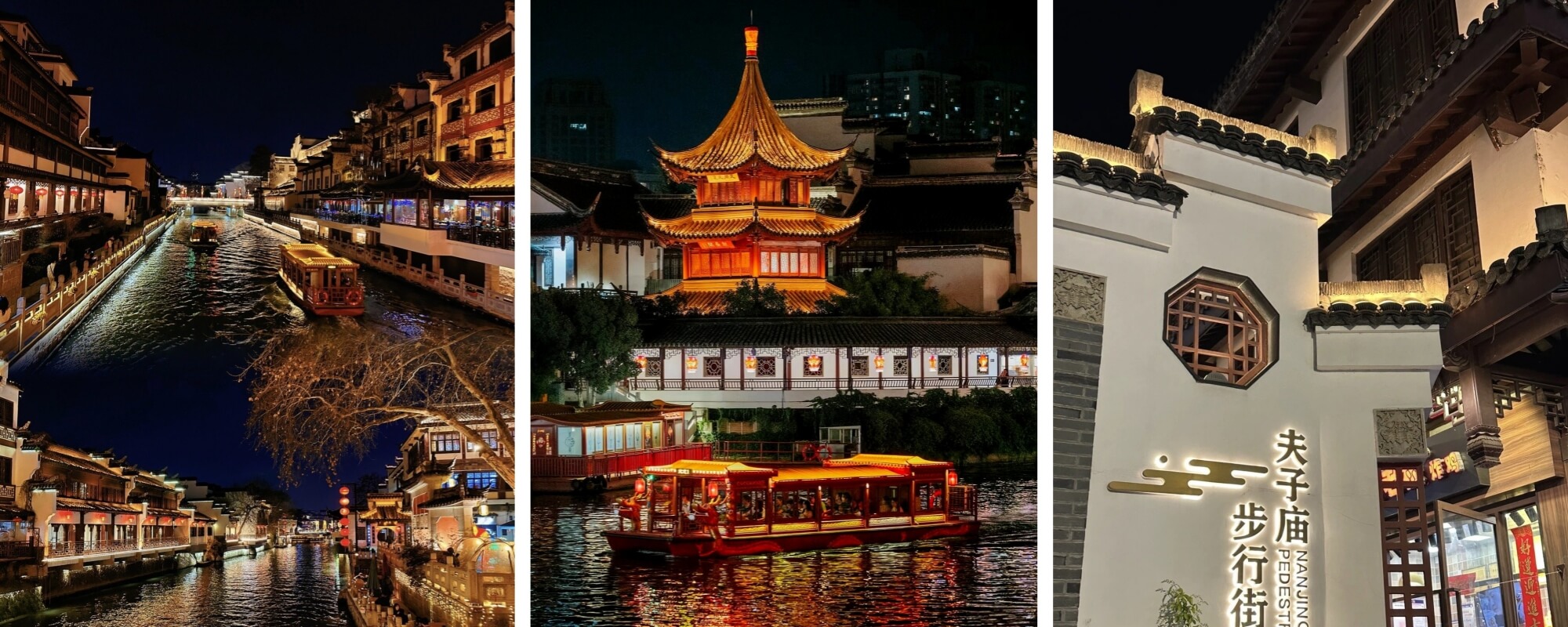
Sun Yat-sen Mausoleum: This majestic site pays homage to Dr. Sun Yat-sen, a pivotal figure in China's history. The grand architecture and serene surroundings make it a significant cultural landmark.
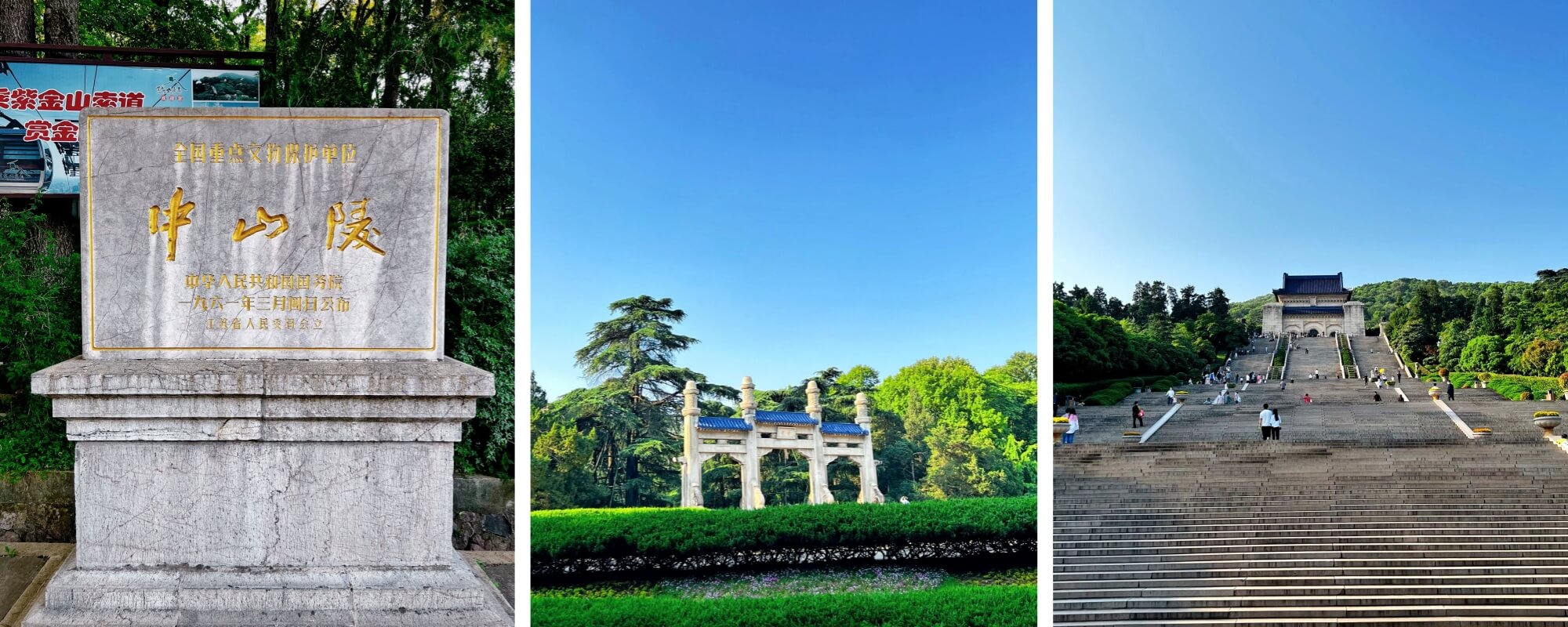
Ming City Wall: The ancient city wall, a historical treasure, offers a glimpse into Nanjing's past. Walking atop the wall provides panoramic views and a connection to the city's heritage.
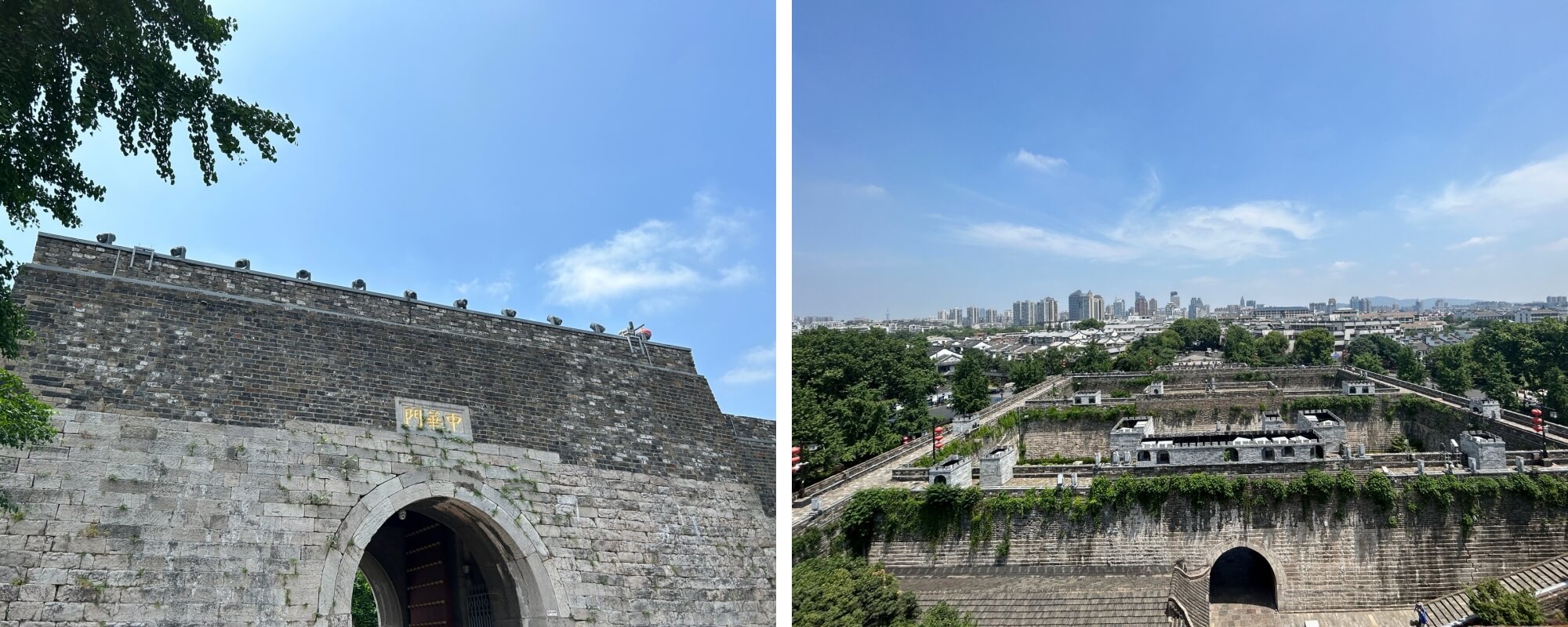
Qinhuai River: This picturesque river showcases Nanjing's charm with boat cruises, ancient buildings, and vibrant night scenes. It's a captivating blend of history and modern entertainment.
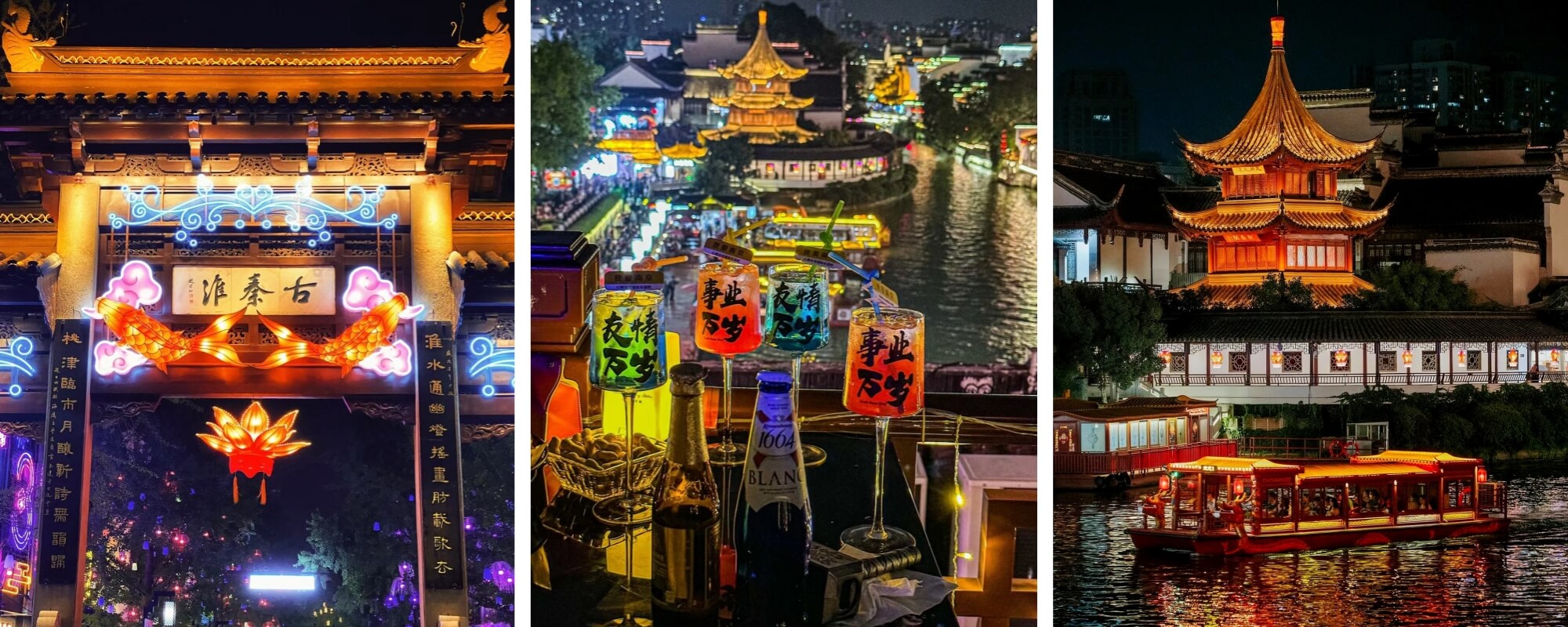
Purple Mountain: A natural retreat within the city, Purple Mountain offers stunning landscapes, historical sites like Dr. Sun Yat-sen's Mausoleum, and a tranquil escape from urban life.
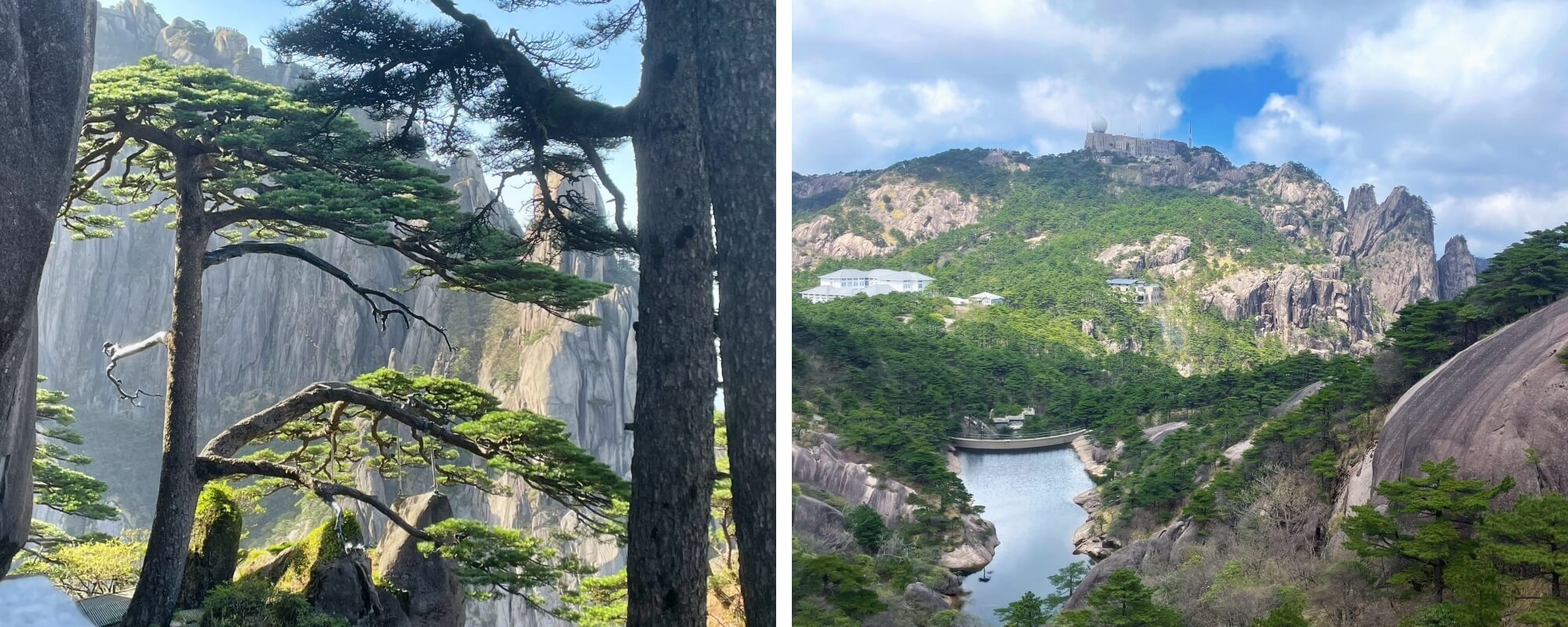
Xuanwu Lake: This scenic spot boasts a serene lake, picturesque pagodas, and lush gardens, creating an ideal setting for relaxation and outdoor activities.
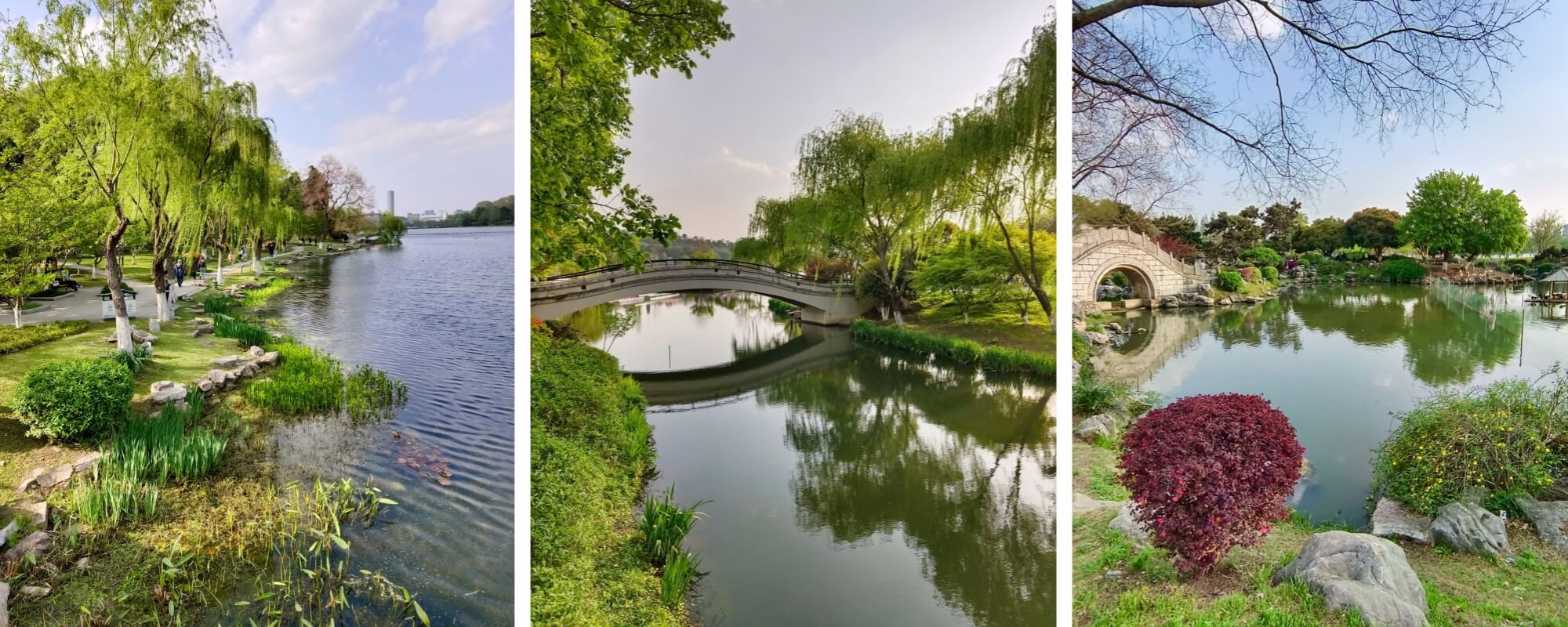
Nanjing Museum: Among China's oldest museums, it houses an extensive collection of artifacts, reflecting the city's diverse history and cultural heritage.
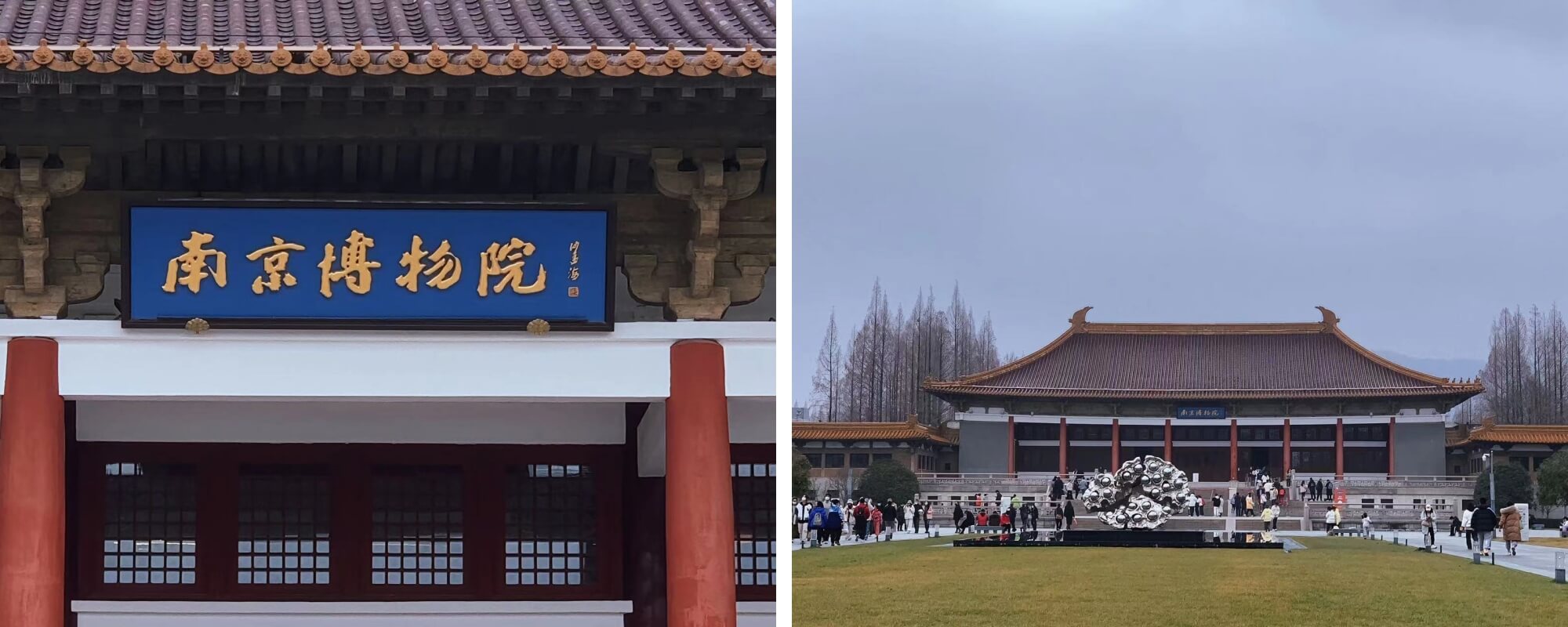
This is just a portion of the myriad captivating attractions in Nanjing. Each site holds its own unique charm, promising you an unforgettable cultural journey.